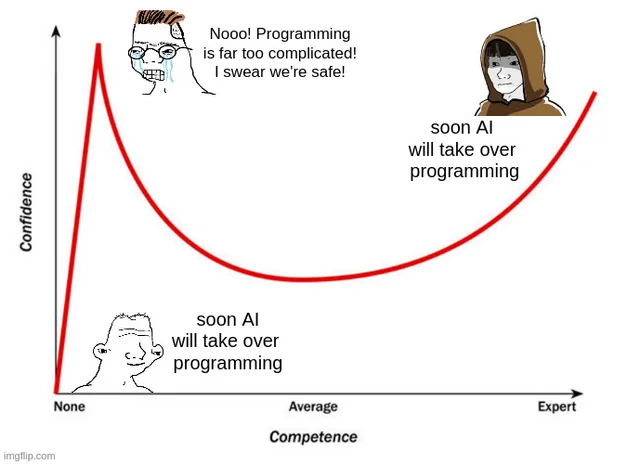Member-only story
What’s Cooking In RAN: Explained Using A Food Analogy!
Radio Access Networks (RAN) are the backbone of mobile communication.

Radio Access Networks (RAN) are the backbone of mobile communication.
They connect our devices to each other, allow us to use the internet, text, and call each other.
As highlighted in this excellent infographic by Adam Mackenzie, RAN costs eat up about a third of a CSP’s CAPEX budget. So whilst they are critical for mobile access, any potential improvements here would directly impact a CSP’s profitability over time.
As a result, and as avid Telco 101 readers, am sure you’ve seen plenty of “RAN” content all over LinkedIn. The aim of this article is to simplify the various existing and growing types of RAN using language that anybody can understand.
By the end of it, you’ll learn about the features and benefits of each type of RAN, how they improve end-user experience, and hopefully appreciate the incredible engineering happening behind the scenes that allows us to use our mobiles!
Traditional RAN
The grand-daddy of RAN. This is the classic version of RAN that consists of two parts: the base station (or cell site or tower if you will) and the various devices that connect to it.








